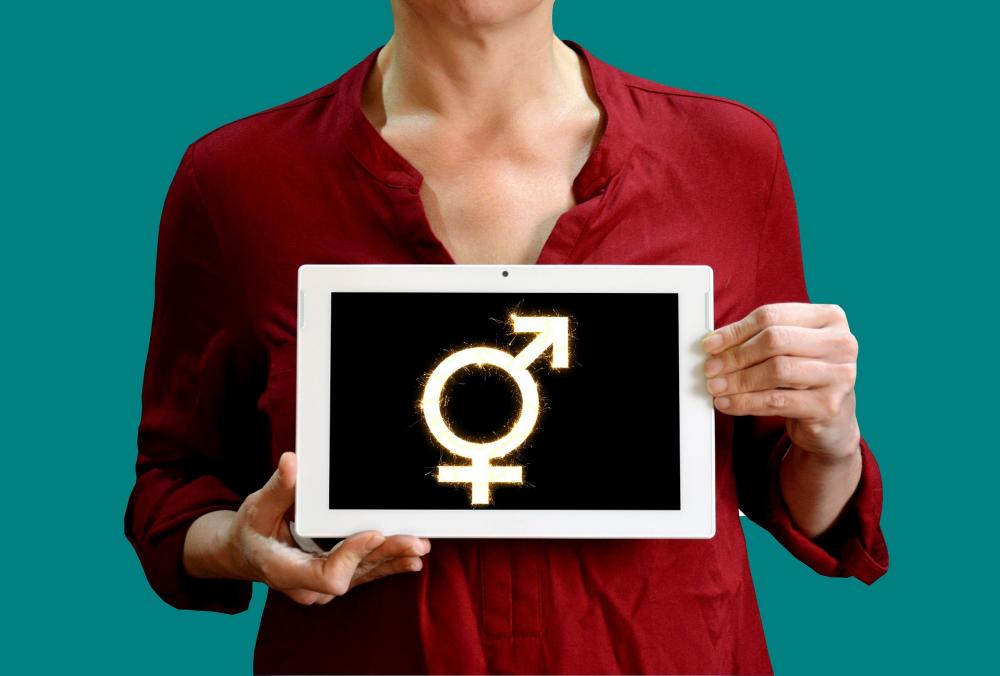
Workplace Gender Dynamics Coursework Example
In the realm of modern work, the dance of gender dynamics holds a significant sway, painting the canvas of organizational culture and shaping individual journeys. It's a rich tapestry woven from societal norms, personal identities, and cultural expectations, all converging within the workplace's walls. For students delving into this intricate subject, it's a journey offering profound insights into power struggles, biases, and hurdles that color professional interactions and opportunities.
To truly grasp the essence of gender dynamics at work today, we must trace their footsteps through history's corridors. Across time, societal attitudes and legal frameworks have sculpted roles and expectations based on gender. From the days of the Industrial Revolution, where labor was strictly segregated, to the fiery waves of feminist movements in the 20th century, each era has carved significant milestones in the landscape of work. Understanding this historical backdrop is key to dissecting present-day challenges and gauging progress in the quest for gender equality.
The study of gender dynamics draws from a palette of theoretical frameworks, each offering a lens to decipher the complexities of workplace gender relations. Social learning theory probes how individuals absorb and enact gender norms from childhood into adulthood. Meanwhile, gender schema theory peers into the cognitive frameworks shaping behaviors through gender lenses. Intersectionality theory reminds us of the layered identities, like race and socioeconomic status, that intersect with gender, painting unique experiences in the workplace.
Gender biases, though strides have been made, still cast long shadows across decision-making and daily interactions in the workplace. They come in various guises—stereotypes, discrimination, subtle microaggressions—nudging women away from leadership roles or pressuring men to fit into stereotypical molds. These biases not only stifle individual progress but also etch systemic inequalities into hiring, promotions, and compensation practices.
Leadership's gendered face is a topic of heated debates in many boardrooms. Research hints at how differing leadership styles, often perceived through gender lenses, can sway judgments of effectiveness. While assertiveness might be applauded in men, it could earn raised eyebrows for women, teetering on the edge of being dubbed too aggressive. The "glass ceiling" looms large, a silent barrier impeding women's ascent to the upper echelons of leadership. Strategies like mentorship programs and bias awareness training aim to crack this ceiling, nurturing diverse leadership pools.
Finding balance between work and life is a tightrope walk for many, but gender dynamics often tip the scales unevenly, burdening women with more caregiving responsibilities. These responsibilities can put brakes on career progress and limit professional engagement. Employers can play a pivotal role in redressing this balance through supportive policies like flexible work arrangements and parental leave, fostering a culture where work and life dance in harmony.
Communication, the lifeblood of any workplace, can sometimes hit snags due to gender differences in communication styles. Men might favor directness, while women tread paths of rapport-building. These differences color feedback sessions, conflict resolutions, and team dynamics. Recognizing and bridging these gaps through inclusive communication practices can smoothen these rough patches, nurturing a more cohesive work environment.
In recognition of diversity's value, many organizations champion initiatives for gender diversity and inclusion. From diversity training to inclusive recruitment practices, these efforts aim to harness the power of varied perspectives for innovation and growth.
Legal safeguards stand sentinel against gender discrimination, laying down the groundwork for fairness in the workplace. Laws like Title VII of the Civil Rights Act and the Equal Pay Act serve as bulwarks against discriminatory practices, while bodies like the EEOC ensure their enforcement.
Looking ahead, emerging trends and challenges loom large on the horizon of workplace gender dynamics. Technological leaps, shifting demographics, and evolving societal norms will sculpt new landscapes. Conquering persistent barriers to gender equality demands innovative solutions and unwavering commitment from all quarters.
In conclusion, the study of workplace gender dynamics serves as a compass guiding students through the labyrinth of gender equality. By exploring history, theory, and practical strategies, they arm themselves to navigate and shape inclusive and equitable work environments. As we march forward in the quest for gender parity, let's keep our gaze steady, our voices loud, and our hearts open to embracing diversity in all its hues.